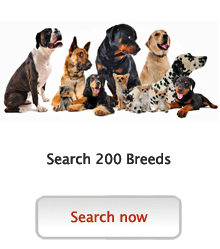Otterhound
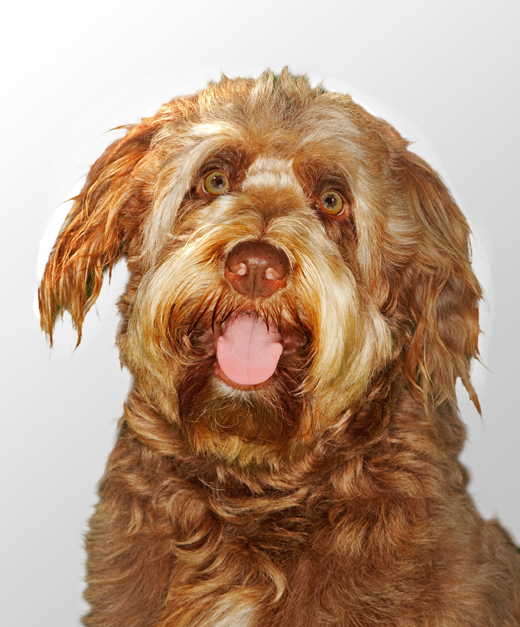
In my own words
“Ahh this is the life. Out in the woodlands, having a good nose around. My breed is known for being nosey, literally. We’re scent hounds! Sometimes my nose just guides me around and I can wander off after the smell of something interesting. My sense of smell is very strong and my preferred way of exploring, this dates back to our history of hunting otters, which is what I owe my name to. I love to roam and hunt. I’m not so successful with the hunting these days, the smaller animals are too quick for me! I’m friendly with other dogs though, and I absolutely love people, especially children. I enjoy human companionship and can adapt to your lifestyle as I love to chill out as much as to exercise. Don’t let me become a couch potato though! There are so many fun activities we can do together- I love to run, I love to jump (sometimes as high as 5 feet!) and I love to swim. Sometimes I swim for hours on end as my weatherproof coat doesn’t feel the cold so you might have to lure me out! I’ll give you a big sloppy cuddle in return. Only joking… I’m well behaved, honestly. Want to teach me tricks later? You can. Just make sure to give it some variety and not train me for hours on end as I will get bored and distracted. I also need a good balance of TLC thrown into my training to know that I’m doing a good job, and don’t be too firm as I will throw in the towel altogether. Don’t take it personally; I’m just used to being super independent which is why our new friendship will take lots of love and trust! Not just on your side, for my part I will be the most loyal and reliable friend you’ve ever had. Promise!”
My ideal owner(s)
Outdoorsy types
Families with Older Children
Active Singles
Runners and joggers
Campers
What they say about me
Loyal
Dependable
Sweet
Bold
Sounding like your favourite kind of canine? What a coincidence you’re my favourite kind of human! Read on to see if we can be a match made in heaven!
Is this Otterhound for you?
Test your knowledge about the Otterhound
Information essential about the Otterhound
Kennel Club Group: Hound
Size: Large
Weight Male 115 lb. Female 80lbs
Height Male 27” Female 24”
Popularity:
Though still used as a scent hound, the Otterhound is extremely vulnerable and there are believed to be only 1000 left worldwide. Otterhounds were featured in works of art by Vernon Stokes and John Sergeant Noble. Nobles’ works of art were featured at the Royal academy in the late 1890s.
Breed History:
Though so-called “otter dogs” have been romping around riverbanks in England and France since the 13th century, the modern Otterhound did not take form until the 18th century. Traditionally used to keep otters from depleting local fish stocks, Otterhounds are now quite rare with only 15 new registrations in the UK during 2011.
Character:
Very much a ‘love the one you’re with’ breed, the Otterhound is extremely friendly. Due to them being so friendly to everyone, they are not recommended as a guard dog or watch dog. As the Otterhound was never intended to be a family pet, they are understated and undemanding. This means they can also be fairly unresponsive and training them takes patience. They are a sturdy and loyal house pet, and are very much full of life, enjoying the company of children and other animals, especially cats.
Temperament:
Amazingly cuddly and sweet, the Otterhound is a docile breed that appeals to all members of the family. They are extremely intelligent and fearless, enjoying long swims even if the water is cold. Sometimes their natural hunting instincts can will them into chasing smaller animals so care should always be taken. With a history as one of the best scent-dogs, Otterhounds noses are extremely valuable in their everyday lives. They like to roam and explore, and if they catch a scent that interests them they can be difficult to distract. Although they will alert owners to an extent, they do not bark excessively, though when they do, they have a distinct deep bass voice which can be heard from quite a distance. They can do well as a quiet companion, but be careful not to let the Otterhound become a couch potato as if given the chance, they will get into lazy habits. Beware as this loveable chum also has a tendency to snore!
Conformation:
The Otterhound has a long double coat. The outer coat of this breed should be dense, coarse, rough and crisp giving a shaggy appearance, while the undercoat should be soft and woolly. This coat is weather proof and durable. Its head is large, narrow, square-muzzled and covered in hair. It has dark, deeply set eyes, long, hanging ears and a dark nose. Its sabre-like tail is usually carried high and its feet are webbed—ideal for swimming and stomping though streams. The skull is deep rather than wide and nicely domed. The forehead has no trace, scowl or bulge. The muzzle is deep with wide nose and nostril and plenty of flew. The colour of the eye can vary according to coat colour. Ears are set on a level with the eye and have the forward edges rolling inward. An Otterhound’s limbs should be straight and sound his body strong with a deep chest. This is a dog that is built primarily for working in the water but also galloping on land. The hindquarters should be strong and well-muscled. Tail is set high and carried up but never curled over the back.
Overall, the Otterhound has a rugged but noble look.
Colour:
Can come in any colour but mostly found in black and tan patterns.
Training:
As the Otterhound was not intended to be a pet, training them can be quite a task. It will take a combination of variety, consistency, and patience with the right balance of firmness. They do not respond well to harsh methods and will quit altogether if they feel the training is too much. It takes patience to train an Otterhound as they are very independent, intelligent and can be slow to mature. Once the right method is found, training the Otterhound can be easy. Early and frequent socialization alongside persistency and a loving hand will get them on the right track.
Be careful leaving this dog around low fencing, as they can be known to jump up to 5 feet high!
EXERCISE:
Being a large dog, it is required that the Otterhounds have a large garden to roam in. They are happiest when they have easy access to the outdoors and this means that apartment living may not be suitable. They will require around 60-80 minutes of exercise a day, broken up across the day if possible. The Otterhound will enjoy any kind of exercise from hiking to running to swimming and is a great pet to take camping as this breed loves to hunt and explore. Keeping the dog on a lead in open areas is important as their sense of smell will persuade them to follow any interesting scents.
Care:
Weekly brushing will be sufficient, however twice a week is best to keep this coat free of matting. If being used for show, the Otterhound should not have his coat clipped, as this dog should have a natural appearing coat. Beard must be washed frequently to prevent caking and debris. Otterhounds are not difficult to keep. Their coat might pick up twigs but these are easily removed. Mud can be easily washed out, beware before letting this breed in the house with muddy paws as they can leave very large footprints! Otterhounds are generally not fussy eaters and should be fed twice a day with dry or tinned food.
Health:
HEALTH:
Common health issues include hip & elbow dysplasia, epilepsy, bleeding disorders and bloat due to their deep chest. To prevent bloat, feed the Otterhound smaller meals throughout the day instead of one big meal. Otterhounds can suffer from arthritis and poor hip and elbow score. The possibility of this can be reduced by making sure when they are young, and their bones are vulnerable, that they do not jump down from high surfaces and restrict exercise until the age of 1. Due to their ear shape, they can be susceptible to ear infections so regular ear checks are important.
Otterhounds can live until the age of 13-16.
You may also like:
If you like Otterhounds, you may be interested in breeds of the same size »
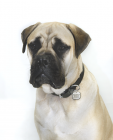
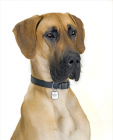
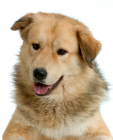
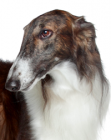
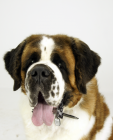
If you like Otterhounds, you may like other breeds with similar characteristics »
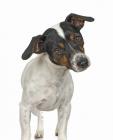
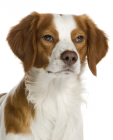
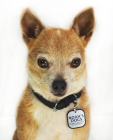
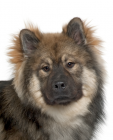
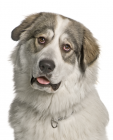
If you like Otterhounds, you may be interested in these other hound dogs »
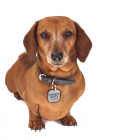
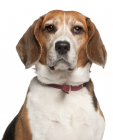
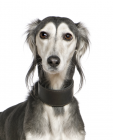
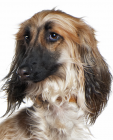
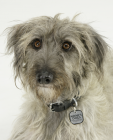
Advice on choosing your breed »
Find an animal shelter or rescue home where a Otterhound is waiting for a new home »
The following grid gives a fast track review which covers all breeds. You can apply it to help you decide if an Otterhound is suitable for you, the environment where you live, your personality and your lifestyle. On the grid, 1= strongly disagree, and 5= strongly agree. For example, if you are looking for a dog that likes to swim, scroll down and you will see in red the Otterhound score is 5; this means that Otterhounds love to swim. You might like to save or print off this section and keep it for reference while you check some other breeds before making your final choice.
Be the first to rate this breed »
|
*PLEASE NOTE: All our breed profiles are general, and all dogs are individuals. Always talk to the breeders and meet the owners you are buying from. Try to meet the dog and its parents if it is a puppy in their home environment.









